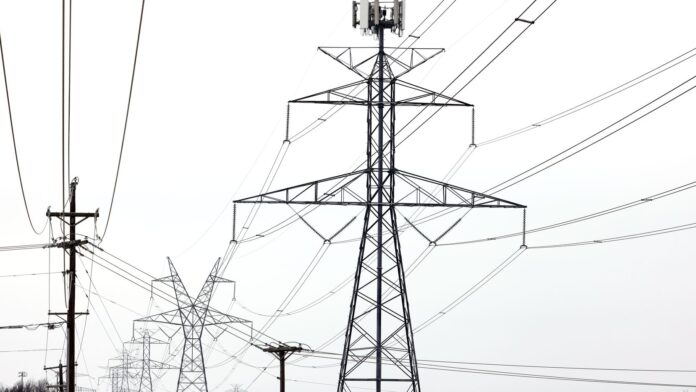In Texas this month, a polar vortex caused a massive failure of the state’s power grid. For Texans the failure was a shocker in a state that is known as the power generation capital of the U.S. What caused it? Power providers from thermal energy plants to distributors failed to harden their infrastructure against the cold and climate change. The state’s governor blamed the failure on frozen wind turbines which provide about 23% of Texas’ electricity. In fact, however, 61% of the power-generation capacity loss came from thermal generation including gas, coal, and nuclear. Some wind turbines froze because of improper winterization and maintenance. The meltdown was foreseeable because the state organization responsible for overseeing the grid, ERCOT, had forecast the onset of cold weather advising Texans to conserve energy.
Considering what happened in Texas, maybe it’s time to get to understand how electricity is produced and delivered.
Electrical Generation
A power grid is a mass of equipment designed to create and transfer electricity from one place to another. Power plants generate electricity through various means. Fossil fuels (coal, oil, and natural gas) and nuclear are two of the most common energy sources for generating electricity.
The turn to more sustainable practices includes hydroelectric, wind, solar, and geothermal energy generation. Depending on location and provider practices, the electricity you use could come from any of these sources.
Electricity Transmission
Once electricity is generated it requires a medium for transmission traveling through conductors while insulators manage the direction and flow of the energy. Transmitted from generators, electricity gets introduced to the power grid where it is conducted through high-energy capacity wires to electrical distribution centres and substations.
Widespread Distribution
The high voltage that enters substations must be decreased before it can be used by homes, factories and businesses. Through transformers, the electricity is futher reduced in voltage so it doesn’t overwhelm smaller systems. Bus bars aid this distribution process and plays other vital roles within electrical systems. The metallic strips transfer high currents for localized dissemination, especially in large buildings and apartment complexes.
Your House
The final stop in the electrical journey is your home. From creation to use, electricity must travel hundreds of kilometers to recharge smartphones, and power microwaves, home appliances, televisions, and HVAC systems. When in the home, a central switchboard connects every outlet through internal wiring with the electricity flowing into your appliances.
Now that you know how electricity gets generated and delivered to your home or business, it may help you to better navigate power problems that you may face in the future. Or at least, when you call your utility provider and they explain to you why your power is out, you will at least be able to understand where they screwed up.









